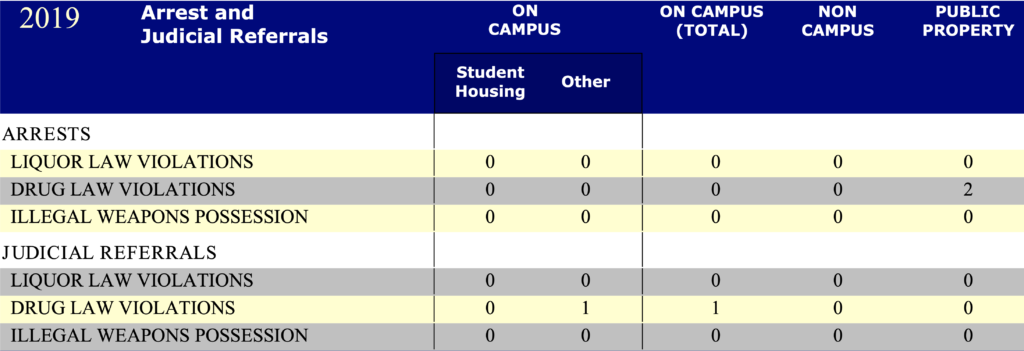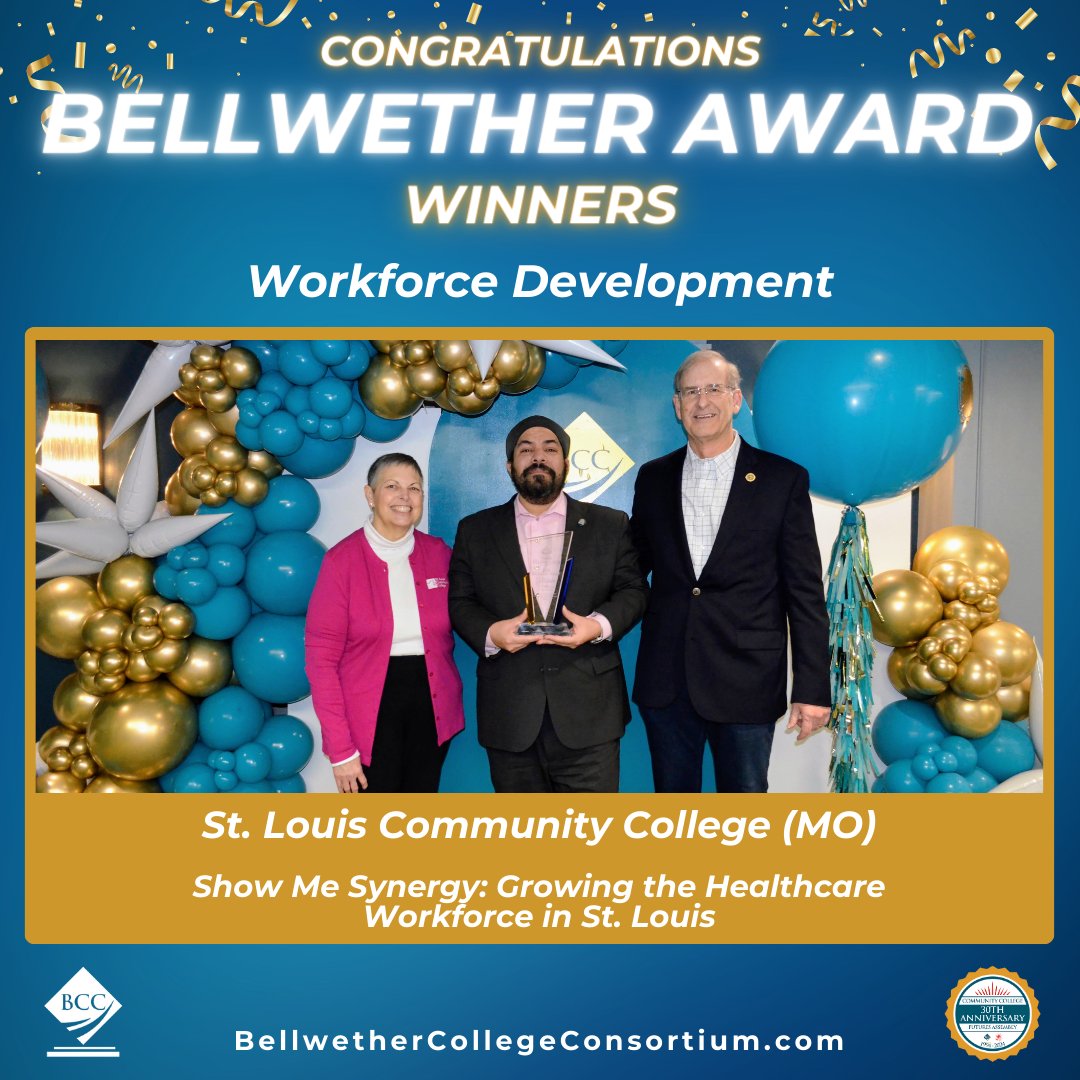Analyzing the crime data from the Meramec Campus.
BY: JACOB POLITTE
Online Editor
Saint Louis Community College (STLCC) recently published its 2020 Security and Fire Safety Report. This report, published in accordance with the Clery Act of 1990, details the statistics of all crimes and incidents reported that are associated with the college over the previous three years.

The 177-page report has crime and incident statistics that cover every single STLCC campus; specific data relating to the Meramec Campus can be found on pages 130-141 of the report.
Professor Ruth Eilerman has worked at the college as a Criminal Justice instructor since 2007. She also had a previous background in law enforcement, working mostly in the corrections field in St. Louis and Denver areas. She attributes the relatively low crime numbers to a lack of student housing for STLCC, among other factors.
“[…] it’s a really safe campus,” she said. “And the reason it’s a really safe campus is because we don’t have housing.”
Eilerman compared the environment of STLCC campuses to bigger schools like Washington University (Wash U) and St. Louis University (SLU).
“If you look at what’s going on at those other campuses, obviously the population is a lot bigger,” she said, “but with also having dorms, that makes a huge difference. If you think about it… college is a bunch of twenty-year olds, a bunch of alcohol, and that’s just where a lot of stuff goes wrong, that’s where a lot of stuff goes down.”
“Meramec is very, very safe. And that’s because when [students] are done with class, [they] go home.”
Eilerman says that the data shows a clear pattern over previous years.
“Looking at what we see [on the crime report], it’s about what you’d expect,” she said. “And a lot of it is theft. Like, I leave my car unlocked and something gets stolen out of the back of my car. It’s not person-on-person crime for the most part, it’s just property crime.”
Eilerman also attributes STLCC’s relatively low crime numbers to the fact that STLCC has post-certified police officers. “SLU has security,” she said. “And Wash U has a mix [of both security and post certified police officers].”
Many of the reported offenses at Meramec over the past three years are drug offenses. Eilerman could only recall one assault incident during her time at the campus; that incident occurred in the Communications South building in Apr. 2013. “It could have ended up being very serious, but it got stopped,” she said.
That assault, which took place when then student Blythe Grupe was attacked by Jevon Mallory in the women’s restroom on the second floor of Communication South, was stopped by Grupe’s then-English professor Aurora Hill. Mallory was sentenced to 10 years in prison in December 2014, with credit for time served.
“I think that the community college does a fantastic job putting out resources,” she said. “I wouldn’t be worried. I hope that students aren’t worried being on campus, because it is a really, really safe place to be.”
With the COVID-19 pandemic affecting enrollment and on-campus activities, Eilerman said the amount of reported crimes will decrease, although she acknowledges that anything is possible.
“Whatever crime we’re looking at,” she said, “if there’s fewer people, there’s fewer crimes. But I also thought that was gonna happen in the city of St. Louis, and we’re having a terrible year.”
“I would absolutely think that if there are fewer people, there will be fewer [crimes]… there’s fewer potential victims around,” she said. “If you’re picking a target, it’s not a good place to go because […] it’s a ghost town. Nobody is there. And I think a lot of these crimes are also crimes of opportunity. So the fact that there’s nobody there just means that there’s not going to be stuff to steal.”
The full report is available for download on the STLCC website. You can also request a paper copy from STLCC’s Security Department located at the Corporate Campus in Bridgeton, or by calling (314) 539-5199.











